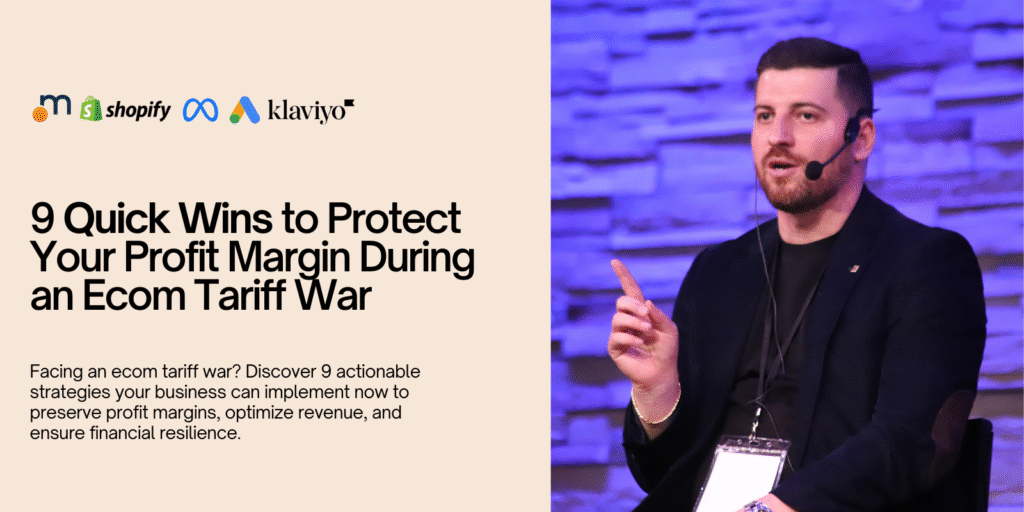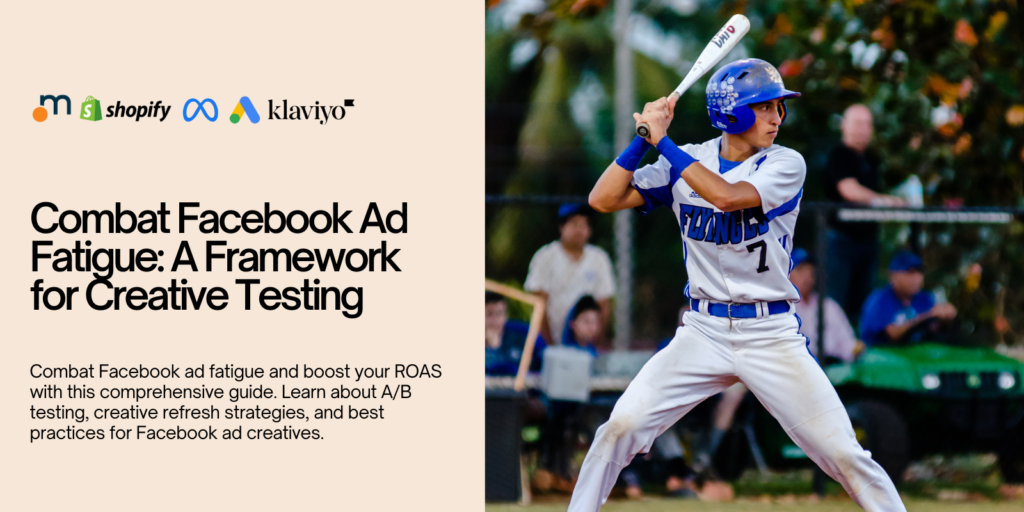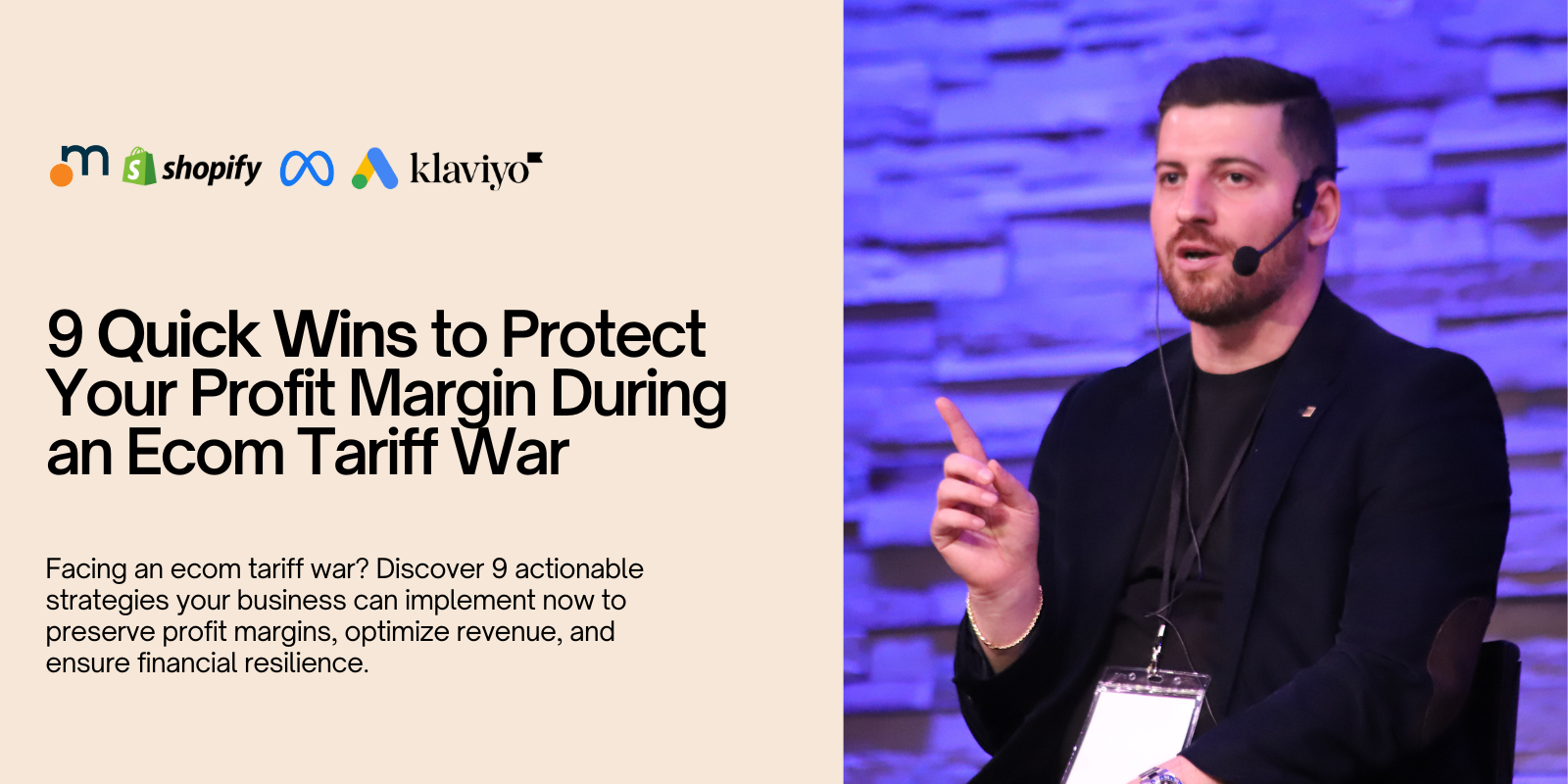Launching a direct-to-consumer (DTC) brand is an exciting journey, but it’s also a challenging one. Many promising DTC ventures fail because of common DTC mistakes that hinder their growth and success. Having worked with over 150 brands and collaborated with numerous DTC Mistakes founders, I’ve seen firsthand the errors that can make or break a new business.
This article explores the top 5 DTC mistakes that founders often make, providing actionable strategies to avoid these pitfalls and set your brand on the path to sustainable growth. By learning from the experiences of others, you can navigate the complexities of the DTC landscape and increase your chances of success.
DTC Mistakes 1: Lack of Focus on Sales
The most common DTC mistake I see early-stage founders make is a lack of focus on sales. While passion, innovation, and a great product are essential, they are meaningless without a reliable way to generate revenue. Many founders get caught up in various activities – content creation, social media marketing, brand building – but neglect the crucial task of establishing a repeatable sales channel.
When I meet founders generating less than $500K/year in revenue, the conversation always steers towards establishing that consistent sales channel. Instead of spreading themselves thin across multiple strategies, they need to hone in on the one channel that consistently drives revenue. This could be paid advertising (Meta, Google), email marketing, influencer collaborations, or affiliate programs.
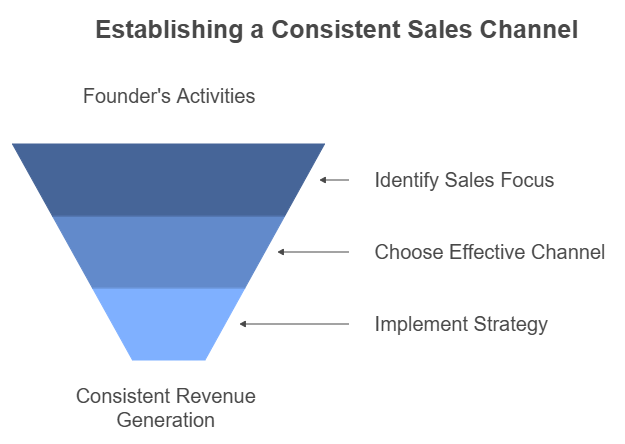
Key Takeaway: You don’t need 10 sales channels; you need one that works. For most beginners, paid ads on Meta or Google are the most effective starting point.
DTC Mistakes 2: Overestimating Customer Lifetime Value (LTV)
Another frequent DTC mistakes is overestimating customer lifetime value (LTV). LTV represents the total revenue a customer generates throughout their relationship with your brand. While it’s crucial to consider LTV, many founders fall into the trap of acquiring customers at any cost, assuming they’ll “make it up” on repeat purchases.
This often leads to unsustainable customer acquisition costs (CAC) and a business model that bleeds money. Unless you have significant capital to burn, prioritize getting as close to first-order profitability as possible. This allows for more experimentation and flexibility in the long run.

Key Takeaway: Don’t fall into the trap of spending $10 to make $5. Aim for profitability from the start to build a sustainable business.
DTC Mistakes 3: Premature Spending on Branding
While a strong brand is important, premature spending on branding is a common DTC mistakes. I’ve seen founders invest upwards of $250-300K in branding before even validating demand for their product.
Before splashing out on expensive branding agencies and elaborate packaging, focus on proving your concept. Use a simple landing page, basic ads, and standard packaging to test the market and gauge interest. Once you’ve confirmed demand and achieved initial traction, then invest in elevating your brand.
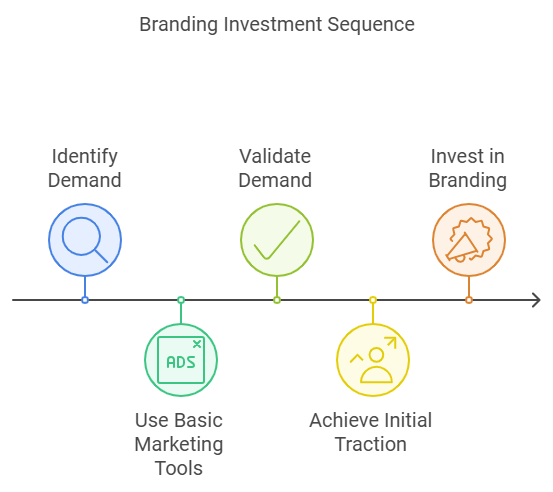
Key Takeaway: Validate demand first, then invest in branding. Treat a polished brand as a reward for initial success, not a prerequisite for it.
DTC Mistakes 4: Inefficient Ad Spend
This DTC mistakes ties in with overestimating LTV. Many founders eager to scale their business end up spending too much, too soon on ads without a clear understanding of their target audience, optimal messaging, and effective creatives.
A cautious approach to ad spend is crucial. Start by testing different landing pages, copywriting, offers, imagery, and ad formats to identify what resonates with your audience. Gather early customer reviews and feedback to refine your approach before significantly scaling your budget.
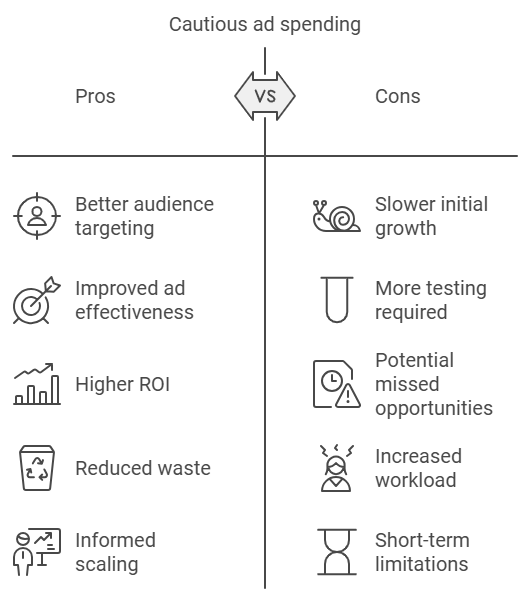
Key Takeaway: Don’t throw money at ads without a strategy. Test, analyze, and optimize before scaling your spending to maximize your return on investment.
DTC Mistakes 5: Operational Mistakes
Operational oversights can also derail a promising DTC venture. These DTC mistakes can range from choosing the wrong partners (agencies, 3PLs, software providers) to neglecting legal due diligence.
Vet your partners carefully, ensuring they align with your business goals and values. Pay close attention to contracts, employment agreements, and purchase orders to protect your interests. Simple legal oversights can have costly consequences down the line.
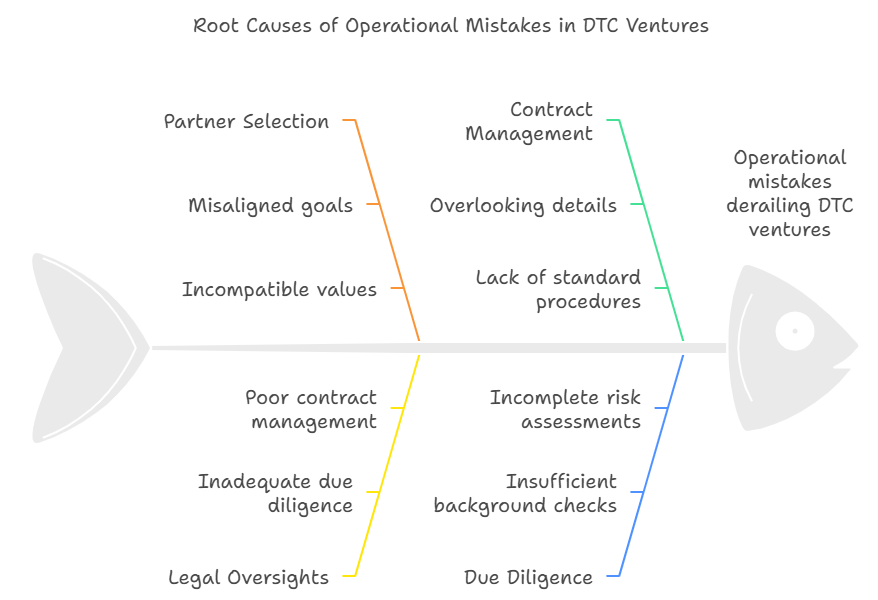
Key Takeaway: Don’t underestimate the importance of operational efficiency and legal soundness. Choose partners wisely and ensure all agreements are legally sound.
Frequently Asked Questions (FAQ)
Here are answers to some common questions about DTC mistakes:
What is the most important thing for a new DTC founder to focus on?
Establishing a repeatable sales channel should be the top priority.
How can I calculate LTV for my DTC brand?
There are various methods and tools available. A simple approach is to multiply the average order value by the average purchase frequency and the average customer lifespan.
When is the right time to invest in professional branding?
Invest in professional branding once you’ve validated demand and achieved initial traction (e.g., $500K – $1M in annual revenue).
How much should I spend on paid advertising?
Start with a small budget and gradually increase it as you optimize your campaigns and see a positive return on investment.
What are some common legal mistakes DTC founders make?
Common mistakes include neglecting contracts, intellectual property protection, and data privacy compliance.
Conclusion
Launching and scaling a successful DTC brand requires more than just a great product. By avoiding these common DTC mistakes, you can significantly increase your chances of success. Focus on building a repeatable sales channel, managing your finances prudently, and making data-driven decisions.
Remember, learning from the experiences of others is a valuable shortcut to success. If you need help navigating the DTC landscape and avoiding these pitfalls, reach out to us at Metalla Digital. We specialize in helping brands like yours achieve sustainable growth.




